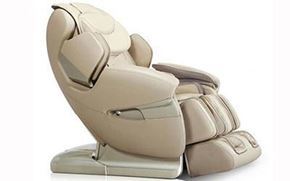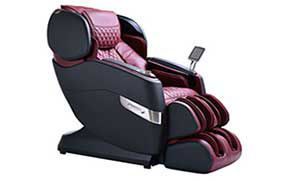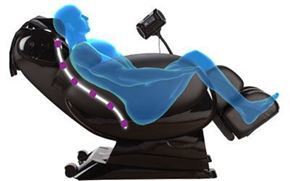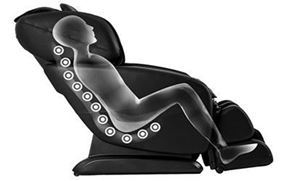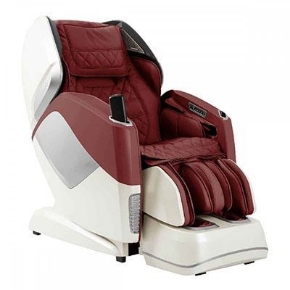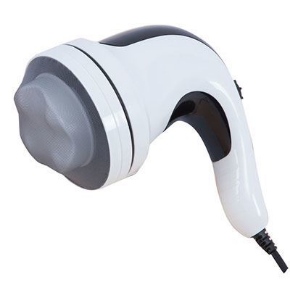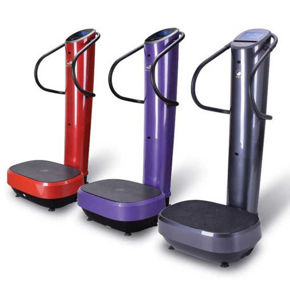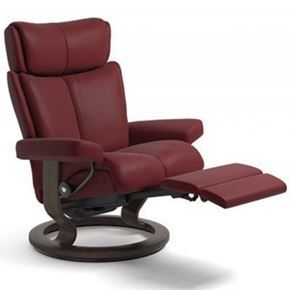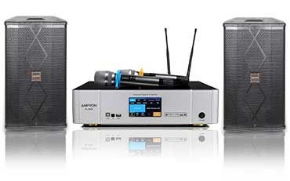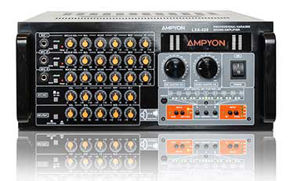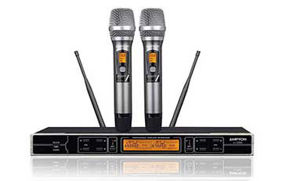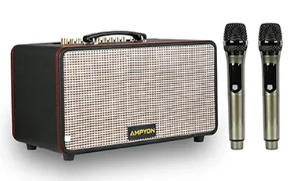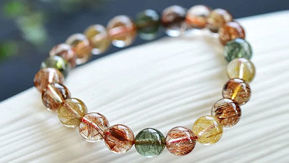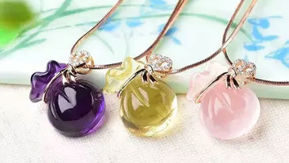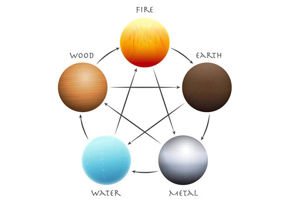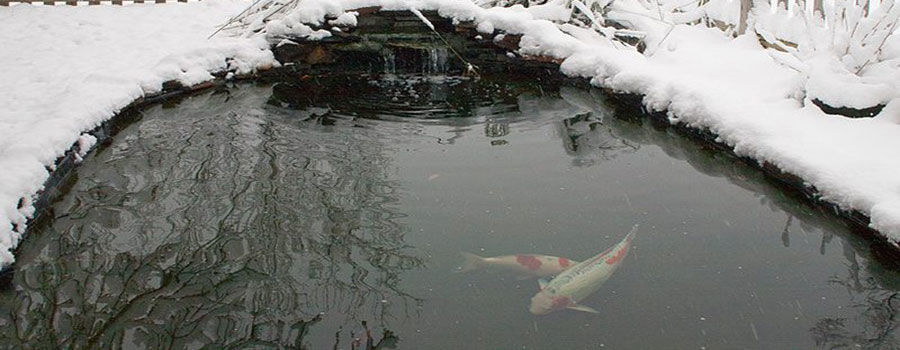
The winter is the toughest time of the year for your Koi fish. Yet, they do not notice it. This is because, during the winter, your koi almost goes into the state of hibernation, particularly if you live in a colder region. It’ll affect their movement as they will become sluggish and will also eat less for weeks at a time. During this period, you have little to do to help your koi but to make the right preparation and make certain that a heater is properly placed in the pond.
Taking precautions and planning for the winter prior to the bad weather should ensure that your koi will survive until the spring. Your fish should be fed according to the season i.e. they should be fed plenty during the summer months when they are active but reduce their feed drastically during the winter months when they go into hiding (hibernate).
Truth be told, excessive feeding of your koi during the winter months can kill them. If you are worried about your koi, you may decide to make arrangements to bring them indoors during the winter. Your pond will be problem free if it is properly maintained during the winter. As time goes on, this will also build a self-sufficient ecosystem and have a full life cycle.
Water gets denser when it attains 40oC and settles to the bottom of the waterfall pond. Since the water at the top is colder than the one at the bottom, water at the bottom will remain around that temperature which is ideal for hibernating fish. Indeed, even the sheet of ice is great since it provides protection from the cold temperatures outside the pond. Your Koi will remain in this area and won't freeze in the winter months.
Consider these few tips for caring for your koi pond during the winter.
- Check Your Liner
Before winter, it is important for you to check that your liner is fully functional and that there are no issues with the physical components of your pond. Rocks on the edge of your pond should also be properly checked. These rocks often help secure the liner in place as your pond could get damaged if one of these rocks falls.
- Remove Muck Out Of The Bottom Of The Pond
While preparing your koi pond for the winter, you will need to clean all the muck out of the bottom of the pond. For the safety of your Koi, don't scrub off the sides of the pond. You’ll observe the sticky jelly substance that grows on the sides of the pond, help them out and leave them alone as they are highly beneficial to the Koi!
- Install The Right Filtration Equipment
Installing the right filtration equipment can save you a lot of cash on extra maintenance. If I may suggest, a good bio-filter system with staged cleaning steps is highly recommended. They are bigger than most filters and will keep your pond disease free and clean for a long time. Like every other equipment, they will need a routine cleaning, however not so often as others. Another important tip is to size your filter to your pond; a big size will ensure thorough water cleaning for your pond.
- Air Brick
Sometimes, the winter months seem to be too severe. During this period, you should consider the installation of an air brick. This will create bubbles and help provide oxygen and keep a small hole in the ice. The main aim is to try and prevent the entire surface of your pond from freezing. In the event that your pond freezes over, do not break the ice. This will create shock waves that could kill your fish.
- Make Shelter For Your Koi
You will need to create shelter for your koi if you don’t have a hiding place for them as yet during the winter months – this will make your fish less stressed! An easy way to achieve this is to get a piece of Styrofoam or simply cut the ends out of a plastic trash can. Make sure to cut it in half if it is round, for a square shape plastic, cut one side off! This will not only create shelter for the Koi but also create a passage for them to play in when you place it in the water.
- Heating Element
A heating element is important for the survival of your koi during the winter. This heating element keeps the sides of your pond warm enough for your fish to survive in. Just make sure the heating element that you use is rated for your region. If you live in colder regions, crafting indoor housing heating element for your koi and plants for the winter is critical. Utilizing an underrated heater to perform in cold temperatures can cause damage to the heater and may eventually lead to fish death.
- Prunning
During the winter month, make sure you remove all plant debris from your pond as this may build up into phosphorus, nitrogen, and ammonia in your water. This is known as a “disruption” in your pond's cycle. Also, decaying plant matter can reduce the available oxygen levels in the water.
- Waterfall
If you have a waterfall (a water feature) connected to your pond, leave it running throughout the winter if possible. This will make it more difficult for the water to freeze and will also restore oxygen to the pond.
- Deep Pond
Your koi will have a higher chance of surviving in a deep pond. While planning to build your pond, it is important to dig a deep pond. This should be over 3feet deep or more in areas that experience severe winters. If the pond eventually freezes, consider adding an air pump – this will increase the flow of water and increase the oxygen level and make it less likely to freeze.
Regardless of the season, stick with your regular maintenance schedule for your koi pond. This will increase your koi’s chance of living healthy and long.


